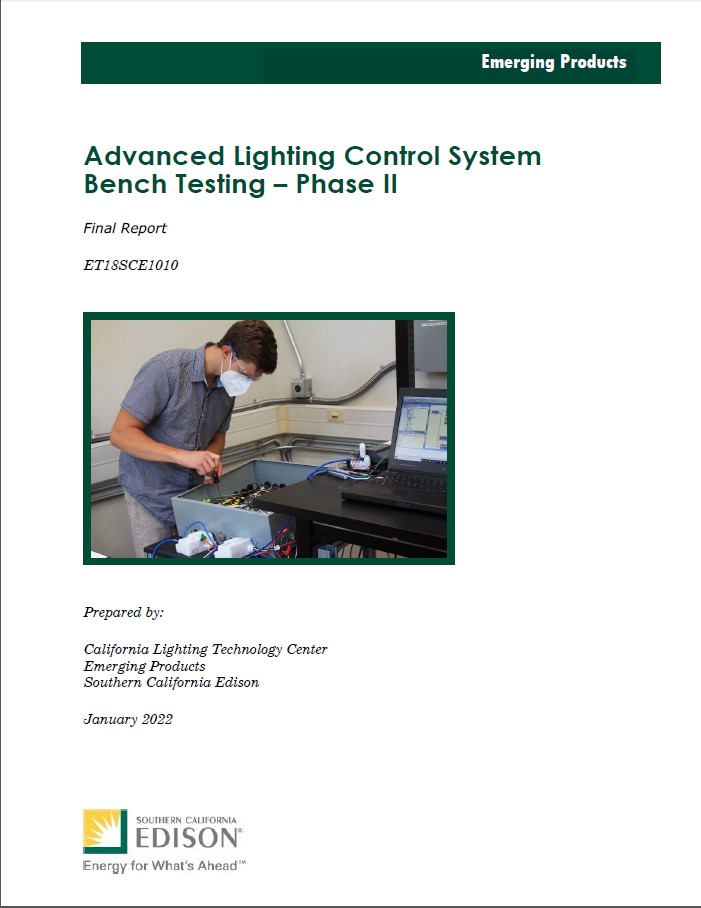Project Info
COMPLETE
 Project Title
Project Title
 Project Title
Project Title
CLTC - ALCS Bench Testing - System Self Energy Metering
Project Number ET18SCE1010 Organization SCE End-use Lighting Sector Industrial Project Year(s) 2018 - 2022Description
Advanced Lighting Control System Bench Testing: The evaluation will assist the implementation of a metering-on-board utility program that will enable utilities to ‘pay for performance’. When validated systems are used as part of a utility-incentivized lighting retrofit or new construction project, the systems on-board metering and reporting features may be used to quantify the actual energy use of the system and earn incentives, as opposed to the current, expensive practice of third-party verification.
Project Report Document
Loading PDF Preview...
